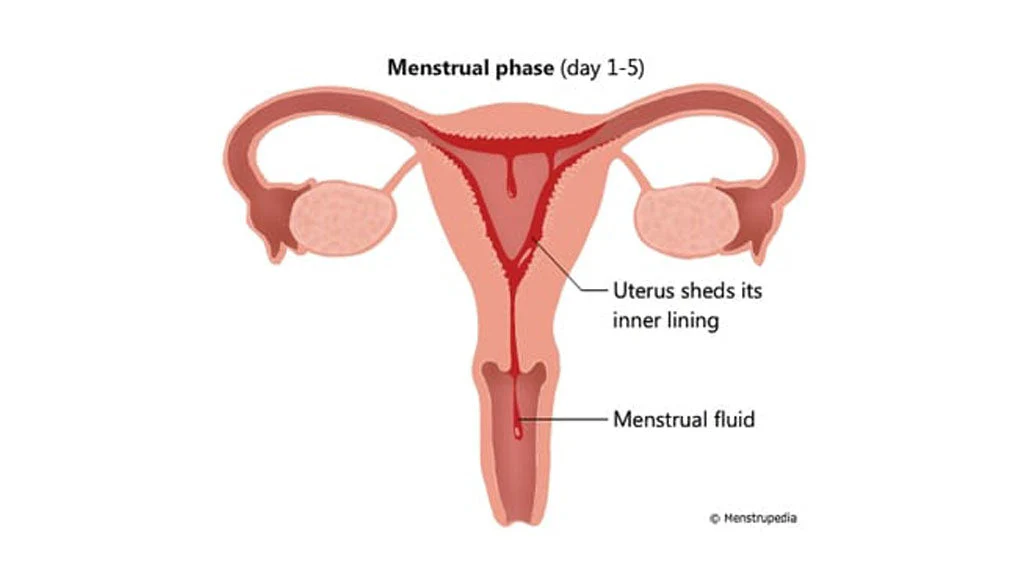
What is Menstruation?
Age of menstrual (The 1st Menstruation)
Regular period
Cyclically at interval of 21-35 days with a mean of 28 days
Duration of menstruation is about 4-5 days
And amount of blood loss is estimated to be 20-80 ML with average 35 ml.
so, beyond this criterion of regular periods, it can be abnormal period in duration, internal or amount of blood loss.
Polymenorrhea
Oligomenorrhea
Menorrhagia
Handling 1st period
Sympathetic& careful including of young girls experiencing 1st period is of paramount importance
This should be done by mother
The girls should continue their normal activities
Girls should use sanitary pads comfortable for better hygiene
Puberty
Five important physical changes are:
Growth of breasts
Pubic & Auxiliary hair growth
Growth in height
Menstruation
Hygiene standards of periods
Use of disposable pads are cited to be reliable,hygienic, comfortable, easy to use &require noaccess to water of cleaning.
Pads should be disposed after a maximum of 8hours because on prolonged water it can beassociated with reproductive tract infections asblood is goodmedium for growth of bacteria fungus.
After changes of each pad private parts shouldbe washed with water.
PMS (Premenstrual syndrome)
Psycho Neuro Endocrine disorders of unknown reason, offer noticed just prior to menstruation
Common symptoms of PMS
Irritability
Mood swings
Anxiety
Tearfulness
Headache
Angry
Tiredness
Sleep disturbance
abdominal bloating
breast tenderness
swelling of extremities
Management of PMS
yoga
Stress Management
Healthy diet
Avoid salt, caffeine in 2nd half ofcycle
PCOS
Polycystic ovary syndrome is manifested byOligomenorrhea hirsutism and obesity associated with Polycystic ovaries
Causes include genetic & environmental factors
